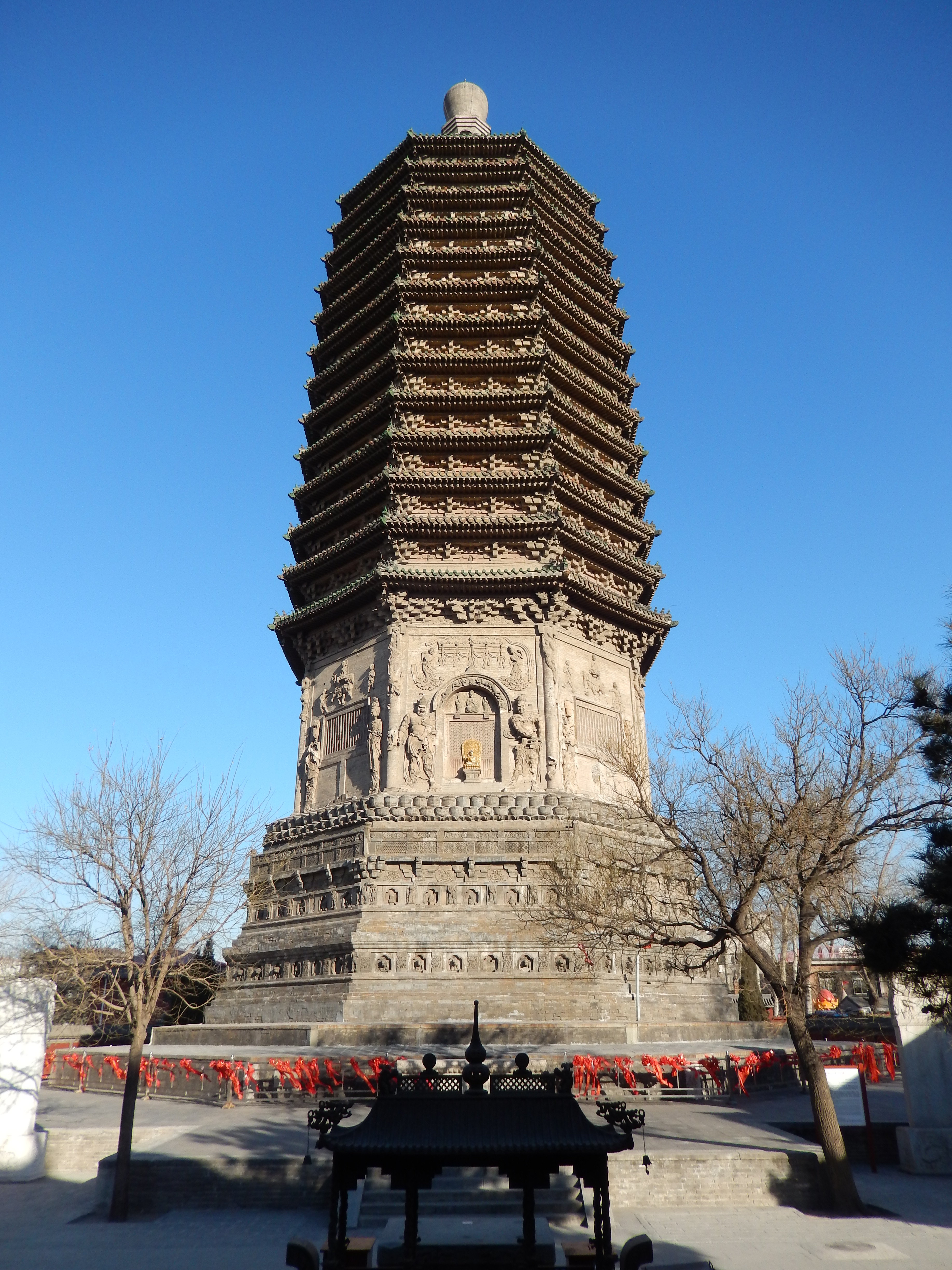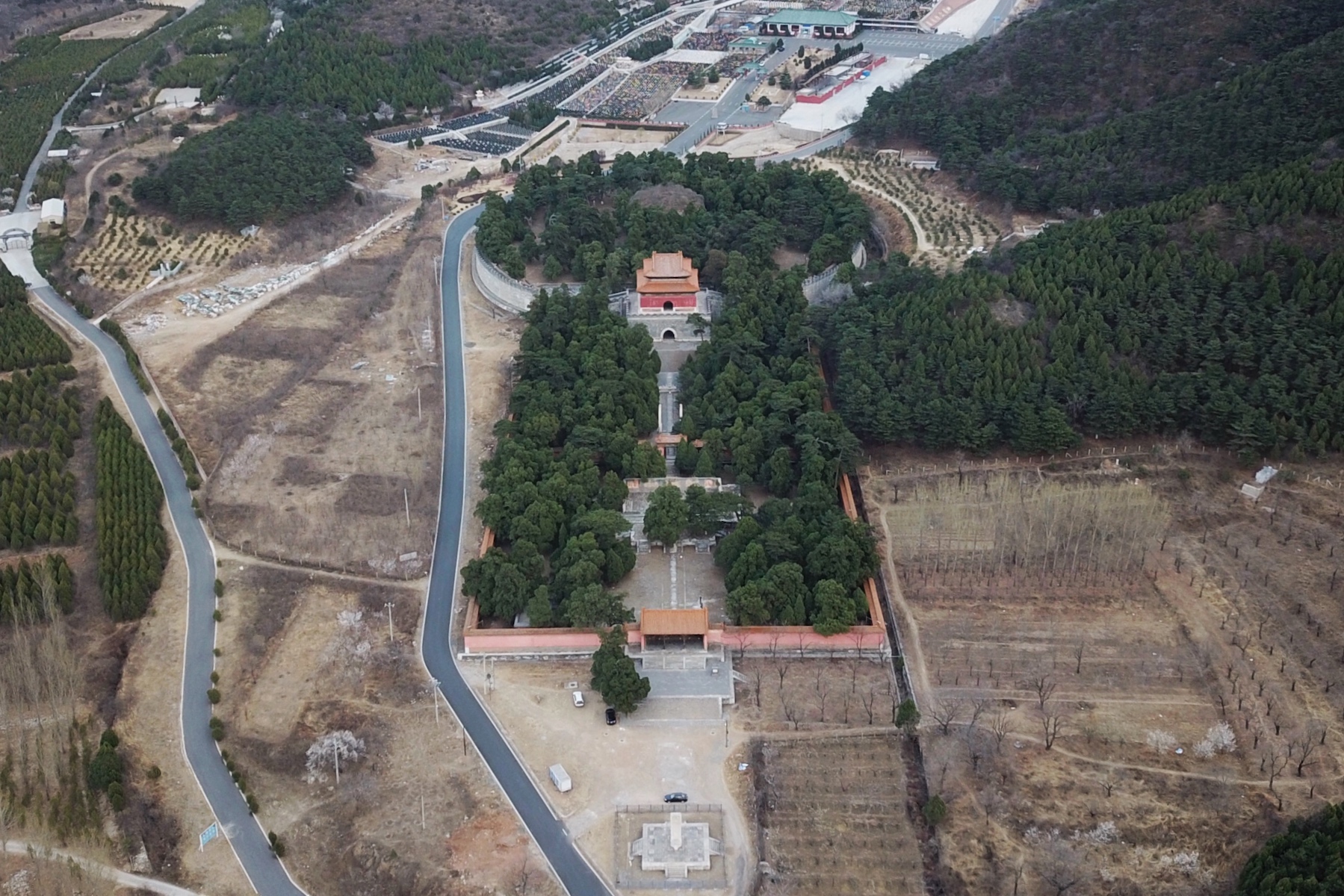|
Hongyipao
''Hongyipao'' (; vi, hồng di pháo) was the Chinese name for European-style muzzle-loading culverins introduced to China and Korea from the Portuguese colony of Macau and by the Hendrick Hamel expedition to Joseon in the early 17th century. Name The term "red barbarian cannon" derives from the weapons' supposed Dutch origins, as the Dutch were called "red haired barbarians" in southern China. However, the cannons were originally produced by the Portuguese at Macau, with the exception of two cannons dredged up from a Dutch ship in 1621. The Dutch ship may have been in fact an English ship and the cannons had English coats of arms. The English ship ''Unicorn'' sank near Macau. The Jurchens renamed the "red barbarian cannon" to "red coat cannon" () when it entered their arsenal because they found the term "barbarian" to be insulting, and were known as such in the Manchu Eight Banners. History Breech loading swivel cannons from Portugal entered the Chinese weaponry after ... [...More Info...] [...Related Items...] OR: [Wikipedia] [Google] [Baidu] |
Manchu Conquest Of China
The transition from Ming to Qing, alternatively known as Ming–Qing transition or the Manchu conquest of China, from 1618 to 1683, saw the transition between two major dynasties in Chinese history. It was a decades-long conflict between the emerging Qing dynasty, the incumbent Ming dynasty, and several smaller factions (like the Shun dynasty and Xi dynasty). It ended with the consolidation of Qing rule, and the fall of the Ming and several other factions. Overview The transition from the Ming to Qing was a decades-long period of conflict between: # the Qing dynasty, established by the Manchu clan Aisin Gioro in contemporary Northeast China; # the Ming dynasty, the incumbent dynasty led by the Zhu clan; # and various other rebel powers in China, such as the short-lived Xi dynasty led by Zhang Xianzhong and the short-lived Shun dynasty led by Li Zicheng. Leading up to the Qing, in 1618, the Later Jin khan Nurhaci commissioned a document entitled the Seven Grievances, wh ... [...More Info...] [...Related Items...] OR: [Wikipedia] [Google] [Baidu] |
Yu Zigao
Yu Zigao (.1628). was a Chinese admiral. He was responsible for forcing the Dutch to leave Penghu Island. While he enriched himself by way of an association with one notorious pirate, Li Dan (pirate), Li Dan, his position came under pressure because of another pirate, Li Dan's protégé, Zheng Zhilong. Life Zigao was the son of Yu Dayou, a notable wokou, pirate suppressor. He took command of Zhejiang and Fujian's military forces as ''dūdū'' in February 1624 and immediately took a hard line against the Dutch East India Company stronghold on Penghu Island in the Pescadores. They had previously agreed to withdraw to Taiwan Island, Taiwan but had continued to delay the move. Yu commissioned several iron "Hongyipao, red-barbarian cannon", one of the first Chinese officials to do so.. He assembled his provincial forces and forced the Dutch to dismantle their fortifications in August the same year. They then removed themselves to Dutch Taiwan, Taiwan, where they established Fort Zeel ... [...More Info...] [...Related Items...] OR: [Wikipedia] [Google] [Baidu] |
Hwaseong Fortress
Hwaseong Fortress or Suwon Hwaseong is a fortification surrounding the centre of Suwon, the provincial capital of Gyeonggi-do, in South Korea. It was built from 1794 to 1796 by King Jeongjo of the Joseon dynasty to house and honour the remains of his father, Prince Sado. Sado had been executed by being locked alive inside a rice chest by his own father King Yeongjo after failing to obey a command to commit suicide. Located south of Seoul and enclosing much of central Suwon, the fortress includes King Jeongjo's palace Haenggung. The fortress and enclosed palace were designated as a World Heritage site by UNESCO in 1997. It comprises among many other features the palace, a perimeter wall, four main gates, and two sluicegates over the Suwoncheon, Suwon's main stream, which flows through the centre of the fortress. Background King Jeongjo apparently built Hwaseong Fortress to prepare for a move of the capital from Seoul to Suwon. Suwon was purported to be strategically positio ... [...More Info...] [...Related Items...] OR: [Wikipedia] [Google] [Baidu] |
Sun Chengzong
Sun Chengzong (; 1563–1638) was a Grand Secretary of the late Ming dynasty. He was also made Minister of War in 1629. Notes References * * Ming dynasty politicians 1563 births 1638 deaths Grand Secretaries of the Ming dynasty {{China-bio-stub ... [...More Info...] [...Related Items...] OR: [Wikipedia] [Google] [Baidu] |
Ignatius Sun
Sun Yuanhua (1581 or 1582– 7September 1632), also known as IgnatiusSun, was a Chinese mandarin under the late Ming. A Catholic convert, he was a protégé of Paul Xu (né Xu Guangqi). Like his mentor, he advocated repelling the Manchu invasion by modernizing Chinese weaponry and wrote treatises on geometry and military science influenced by the Jesuits' European knowledge. From 1630 to 1632, he served as governor of Denglai, a Ming district around Dengzhou and Laizhou in northern Shandong. He was deposed by the mutiny of Kong Youde and Geng Zhongming, after which he was arrested and executed by the Ming for having failed to crush their rebellion with sufficient severity. Names Sun Yuanhua initially went by the courtesy name Chuyang. Upon his conversion, he adopted the baptismal name Ignatius ( pt, Inácio). in honor of StIgnatius, the founder of the Jesuit order. He then adopted the courtesy name Huodong, which loosely translates it. Life Sun was born in ... [...More Info...] [...Related Items...] OR: [Wikipedia] [Google] [Baidu] |
Beijing
} Beijing ( ; ; ), alternatively romanized as Peking ( ), is the capital of the People's Republic of China. It is the center of power and development of the country. Beijing is the world's most populous national capital city, with over 21 million residents. It has an administrative area of , the third in the country after Guangzhou and Shanghai. It is located in Northern China, and is governed as a municipality under the direct administration of the State Council with 16 urban, suburban, and rural districts.Figures based on 2006 statistics published in 2007 National Statistical Yearbook of China and available online at archive. Retrieved 21 April 2009. Beijing is mostly surrounded by Hebei Province with the exception of neighboring Tianjin to the southeast; together, the three divisions form the Jingjinji megalopolis and the national capital region of China. Beijing is a global city and one of the world's leading centres for culture, diplomacy, politics, financ ... [...More Info...] [...Related Items...] OR: [Wikipedia] [Google] [Baidu] |
Johann Adam Schall Von Bell
Johann Adam Schall von Bell (1 May 1591 – 15 August 1666) was a German Jesuit, astronomer and instrument-maker. He spent most of his life as a missionary in China (where he is remembered as "Tang Ruowang") and became an adviser to the Shunzhi Emperor of the Qing dynasty. Life Schall von Bell was born to noble parents in Cologne or nearby Lüftelberg (today part of Meckenheim) in the Holy Roman Empire. After he graduated from the Jesuit Gymnasium in Cologne he moved to Rome and studied subjects such as mathematics and astronomy at the Collegium Germanicum. In 1611 he joined the Society of Jesus and continued his education at the Gregorianum. In 1618 he left for China on a Portuguese ship with a group of missionaries under the lead of Nicolas Trigault. The next year the group reached the Portuguese trading port of Macau where Schall von Bell spent some time learning Chinese. He started missionary work inside China in 1622, but allegedly his success was limited. He p ... [...More Info...] [...Related Items...] OR: [Wikipedia] [Google] [Baidu] |
Tianqi Emperor
The Tianqi Emperor (23 December 1605 – 30 September 1627), personal name Zhu Youjiao (), was the 16th Emperor of the Ming dynasty, reigning from 1620 to 1627. He was the eldest son of the Taichang Emperor and a elder brother of the Chongzhen Emperor, who succeeded him. " Tianqi", the era name of his reign, means "heavenly opening". Biography Zhu Youjiao became emperor at the age of 15, following the death of his father, the Taichang Emperor, who ruled less than a month. He did not pay much attention to state affairs, and was accused of failing in his filial duties to his late father by not continuing the latter's wishes. It is possible that Zhu Youjiao suffered from a learning disability or something more. He was illiterate and showed no interest in his studies. However, he was an outstanding carpenter and craftsman, often spending vast amounts of time on woodworking and instructing his servants to sell his creations undercover on the market just to see how much they were ... [...More Info...] [...Related Items...] OR: [Wikipedia] [Google] [Baidu] |
Shandong
Shandong ( , ; ; alternately romanized as Shantung) is a coastal province of the People's Republic of China and is part of the East China region. Shandong has played a major role in Chinese history since the beginning of Chinese civilization along the lower reaches of the Yellow River. It has served as a pivotal cultural and religious center for Taoism, Chinese Buddhism and Confucianism. Shandong's Mount Tai is the most revered mountain of Taoism and a site with one of the longest histories of continuous religious worship in the world. The Buddhist temples in the mountains to the south of the provincial capital of Jinan were once among the foremost Buddhist sites in China. The city of Qufu is the birthplace of Confucius and was later established as the center of Confucianism. Confucianism developed from what was later called the Hundred Schools of Thought from the teachings of the Chinese philosopher Confucius. Shandong's location at the intersection of ancient and m ... [...More Info...] [...Related Items...] OR: [Wikipedia] [Google] [Baidu] |
Sun Yuanhua
Sun Yuanhua (1581 or 1582– 7September 1632), also known as IgnatiusSun, was a Chinese mandarin under the late Ming. A Catholic convert, he was a protégé of Paul Xu (né Xu Guangqi). Like his mentor, he advocated repelling the Manchu invasion by modernizing Chinese weaponry and wrote treatises on geometry and military science influenced by the Jesuits' European knowledge. From 1630 to 1632, he served as governor of Denglai, a Ming district around Dengzhou and Laizhou in northern Shandong. He was deposed by the mutiny of Kong Youde and Geng Zhongming, after which he was arrested and executed by the Ming for having failed to crush their rebellion with sufficient severity. Names Sun Yuanhua initially went by the courtesy name Chuyang. Upon his conversion, he adopted the baptismal name Ignatius ( pt, Inácio). in honor of StIgnatius, the founder of the Jesuit order. He then adopted the courtesy name Huodong, which loosely translates it. Life Sun was born in Jiading in ... [...More Info...] [...Related Items...] OR: [Wikipedia] [Google] [Baidu] |
Xu Guangqi
Xu Guangqi or Hsü Kuang-ch'i (April 24, 1562– November 8, 1633), also known by his baptismal name Paul, was a Chinese agronomist, astronomer, mathematician, politician, and writer during the Ming dynasty. Xu was a colleague and collaborator of the Italian Jesuits Matteo Ricci and Sabatino de Ursis and assisted their translation of several classic Western texts into Chinese, including part of Euclid's ''Elements''. He was also the author of the ''Nong Zheng Quan Shu'', a treatise on agriculture. He was one of the "Three Pillars of Chinese Catholicism"; the Roman Catholic Church considers him a Servant of God. On April 15, 2011, Vatican spokesman Federico Lombardi announced the beatification of Xu Guangqi. Name Xu Guangqi is the pinyin romanization of the Mandarin Chinese pronunciation of Xu's Chinese name. His name is written using the Wade–Giles system. His courtesy name was Zixian and his penname was Xuanhu. In the Jesuits' records, it is the last which is used ... [...More Info...] [...Related Items...] OR: [Wikipedia] [Google] [Baidu] |




